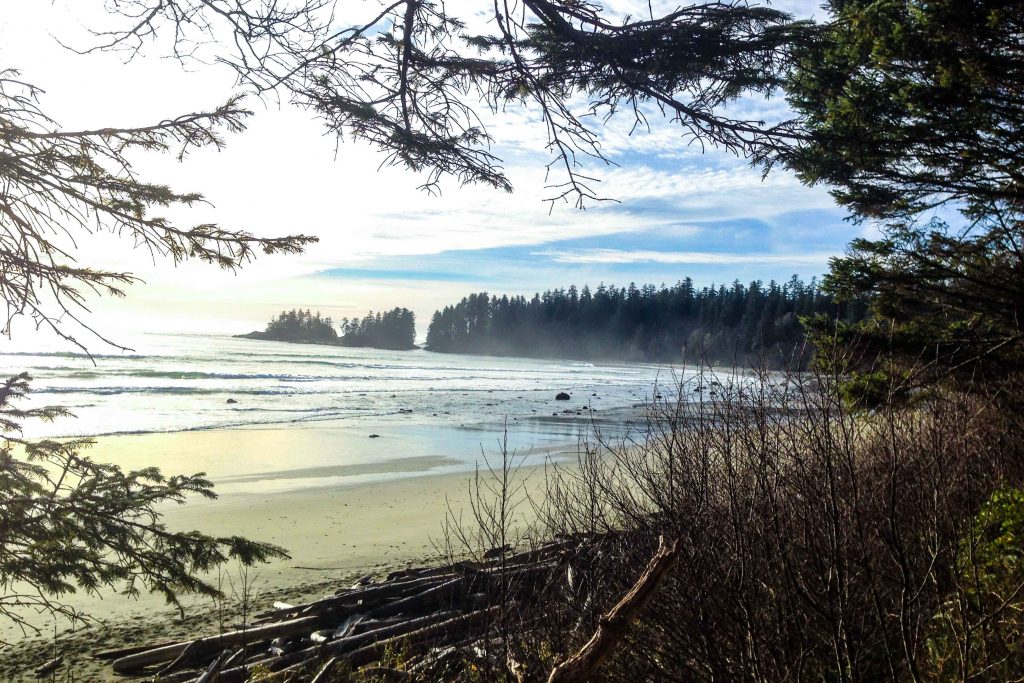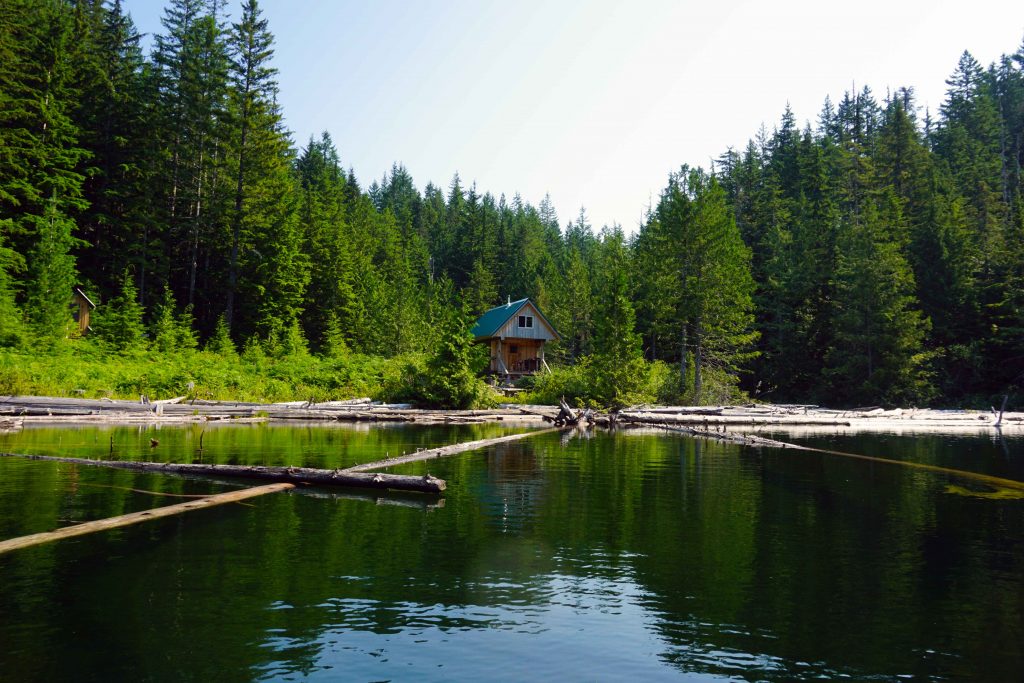Aunt Flow. The blob. Happy days. Whatever moniker you use, one thing’s for certain: when it comes to outdoor pursuits, there’s never a good time to be surfing the crimson wave.
In an ideal world, that time of the month would arrive when you’ve got a completely clear schedule. You’re hunkered down at home, under a duvet, and the only mountain you’re climbing is the pile of chocolate in the cupboard. Unfortunately, life doesn’t work like that. Invariably, there will come a time when you face a code red situation in the great outdoors. Backcountry camping trips. Hut trips. Mountain biking trips. Ski tours. Long-distance trail runs. Been there and birthed a blood diamond in each and every one of them.
So, what do you do? Well, you could try to organise your plans around your cycle. But that’s not always an option. Some adventures are tied to a strict timeline, whether due to conditions, logistics or prior preparations. Rather than miss out, I say go forth and enjoy yourself. A period doesn’t have to stop you from venturing into the backcountry. You can participate in all your favourite hobbies – only you get extra bonus points for doing it while one of your organs literally sheds its lining.
Eco-friendly tips for dealing with your period in the backcountry
Of course, the backcountry isn’t adorned with sanitary washroom facilities. And as always, it’s important to follow the Leave No Trace principles. Given these two factors, you might wonder how, exactly, you’re supposed to manage your lady time while out in the wilds.
So without further ado, let’s jump right in to my eco-friendly tips for dealing with your period in the backcountry.
1. Use a menstrual cup
My menstrual cup has revolutionised periods for me, especially when it comes to outdoor adventures. I recently told a friend that I use a menstrual cup and she wrinkled her nose and said “eeuuww”. I, too, used to be squeamish about such contraptions. But actually, it’s no different to using a tampon, especially a non-applicator tampon.
The main advantages of menstrual cups are that:
- You can leave them in for up to 12 hours at a time. This means you only have to deal with them in the morning and the evening, when you’ll probably either be back at home or at camp
- They are lightweight and don’t take up much room in your pack (or they’ll take up no room if it’s in use)
- They can be used time and time again, unlike tampons and pads
I finally took the plunge and purchased a menstrual cup after a long day of ski touring while on my period. I had a heavy flow and had to continually shuffle behind a tree to ‘sort myself out’. There would follow a painful 10 minutes of taking off my gloves, wriggling out of my bibs, locating a fresh tampon in my pack and using my freezing hands to execute the necessary deeds. By the end of the day I was responsible for a stack of used tampons in my bag, red patches of snow across the mountain and a group of bemused (mostly male) touring buddies.
Menstrual cups take a bit of getting used to, so if you buy one, I highly recommend that you get comfortable with it at home first. Once you progress to using it in the backcountry, you simply need to empty it every eight to 12 hours, depending on your flow. To do this, you need to:
- Dig a cathole six to eight inches deep, just like you would for a poop. The cathole should be 200 feet (about 70 steps) from any trails or water sources
- Wash your hands (see tip number 4 below)
- Empty the contents of the cup into the hole
- Wash the cup with sterile water if you have it (skip this step if you don’t)
- Reinsert the cup
- Pour your hand washing water into the cathole
- Fill the cathole back in
Some popular brands of menstrual cups include DivaCup, Mooncup and Tampax Menstrual Cups. You could also invest in some reusable pads and sanitary underwear, such as those from Period Aisle and Knix. These can be combined with a menstrual cup, if you’re worried about leakage.
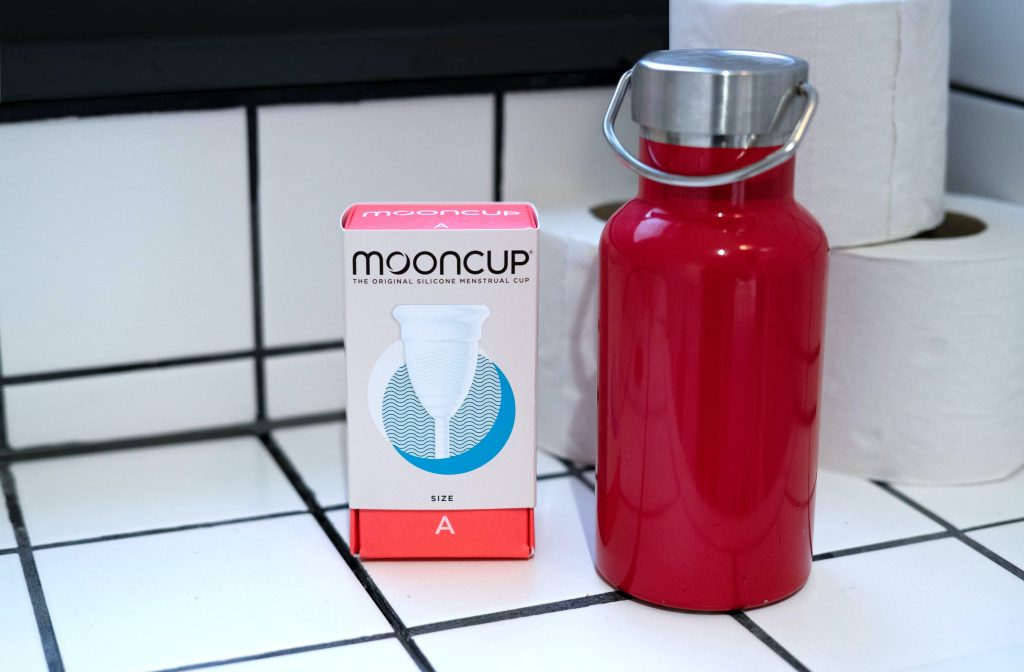
2. Pack out tampons and pads
If you feel more confident with tampons and sanitary pads, then just remember to pack them out. This might be news to you, so let me elaborate: you must not leave tampons and pads in the backcountry, even if you bury them (wildlife will dig them up). They also take forever to break down – in fact, a sanitary pad takes between 500 and 800 years to decompose! Instead, you need to take them home with you and throw them in the bin.
If you’re packing out tampons and pads, then it’s a good idea to have a plastic Ziplock bag (or something similar) to store them in, until you find a trash can. You can wash and reuse this plastic bag for future adventures.
3. Make a period go bag
It’s helpful to pack all your feminine hygiene items into a waterproof bag, such as a small dry bag or a plastic bag (which can be reused, of course). That way, you can grab everything you need in a hurry, should you feel the red army approaching. These items might include:
- Your menstrual cup and/or reusable pads or underwear
- Tampons and pads, plus an additional bag for used tampons and pads
- Hand sanitizer and wipes
- Biodegradable and phosphate-free soap
- Painkillers
- A pair of surgical gloves
Keeping supplies in a dry bag has the added benefit of, well, keeping everything dry. This is especially important if you’re relying on tampons, which as we all know, expand when wet.
4. Wash your hands
You should really wash your hands before you start handling items that are going to live near your lady parts for the next few hours. Evidently, this can pose something of a problem in the backcountry, where the chances of finding filtered water are slim to none.
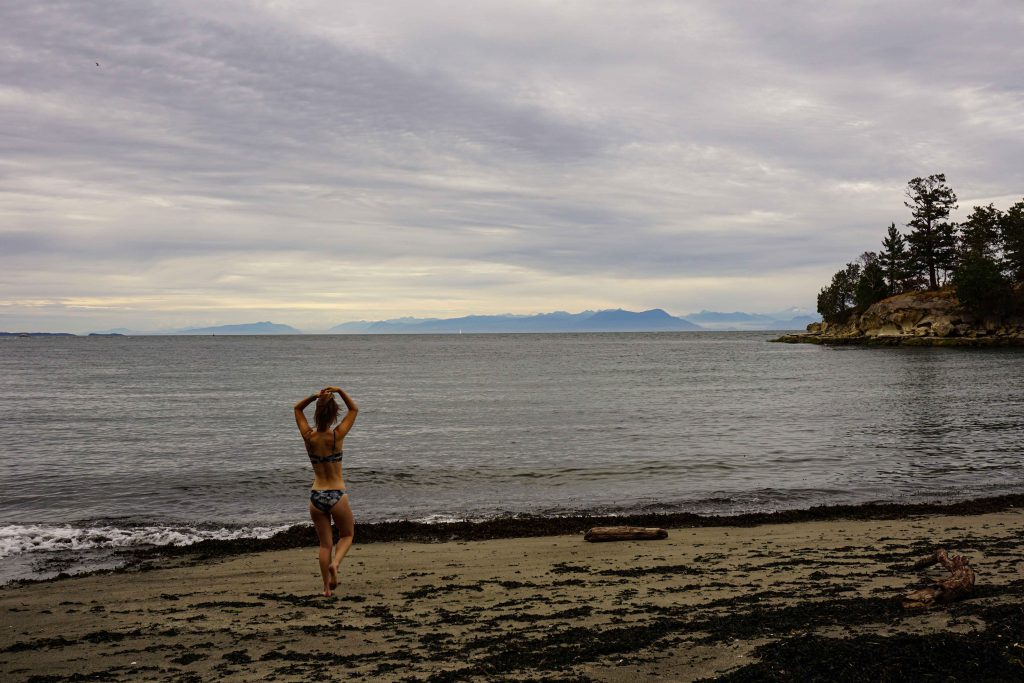
My preferred method is simply to boil some water and use a little bit of liquid soap, which I keep in a small plastic bottle. Ideally this water will come from a nearby water source, such as a stream or river, so that you don’t eat into your precious water supply. Either way, I tend to boil a bit more water than I would need for my morning tea (or evening tea for that matter). That way, it doesn’t feel like I’m expending more fuel, as I’m boiling water anyway. Then I let it cool and wash my hands – you don’t need huge amounts water to do this. The grey water should then be disposed of in the cathole.
If you’re going to use liquid soap, be sure to use a product that is biodegradable and phosphate-free. Also, never use soap near a water source, even if it’s biodegradable. This is because the soap actually needs to be filtered by the soil in order for it to degrade. I bought a bottle of Campsuds about two years ago and it’s still going strong, as you really only need a teeny amount each time. Dr Bronner’s is another trusted brand.
There are some non-eco-friendly alternatives to plain old water and soap, like wet wipes. I’m not a fan of wet wipes as they’re single use and are rarely biodegradable, despite what the packaging may say. There’s also hand sanitiser. However, alcohol-based products are not so friendly on the foof. If you cannot wash your hands – perhaps because you’re on the move or water is scarce – then you could wear a pair of surgical gloves instead.
5. Give yourself a break
Everyone reacts differently to menstruation. Personally, I find it a physical struggle. I feel weak, low on energy and a lot less confident of my abilities. Trails I would normally breeze along suddenly require a huge amount of effort, and altitude takes a heavier toll than normal.
If this happens to you, too, then give yourself a break. I used to be hard on myself and wonder why my fitness was in such a shoddy state. It’s only now that I’ve joined the dots and realised that when I’ve got my period, I experience a temporary pause in normal service. Listen to your body and respond accordingly – whether that’s giving yourself more time, taking regular breaks, eating more chocolate, taking the easy route, or staying at camp rather than tackling that extra peak. You probably won’t feel like conquering the world, and that’s OK.
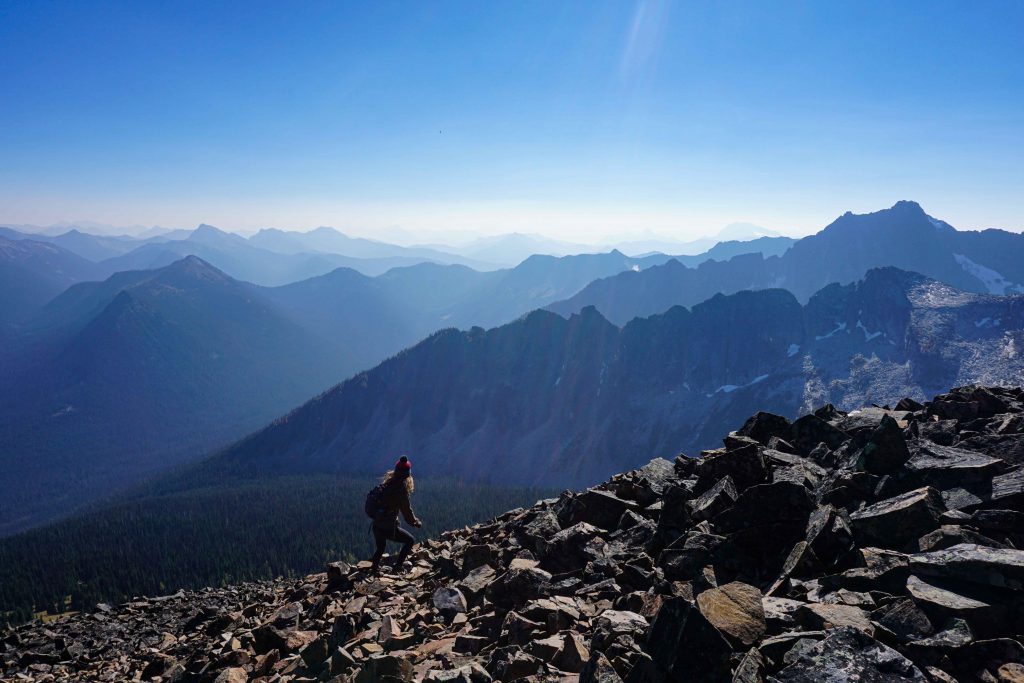
6. Manage period pains
Period cramps suck. There’s no two ways about it. They can blight even the best day out, making you wish you were at home in bed rather than tearing around the backcountry. The good news is that light exercise can actually help combat period pains. Painkillers are another tool to have in your arsenal, as are nalgene bottles that double as hot water bottles. Finally, there’s research that shows dark chocolate can reduce menstrual cramps – a great excuse for doubling your normal ration.
7. Don’t worry about bears and menstrual odours
The idea that black/grizzly bears are attracted to menstrual blood has been circulating since the 1960s. There is no science to support this theory, so it can be discarded as a myth. Bears will, however, be drawn to all that delicious food you’re packing. So if you’re in bear country, be bear aware.

